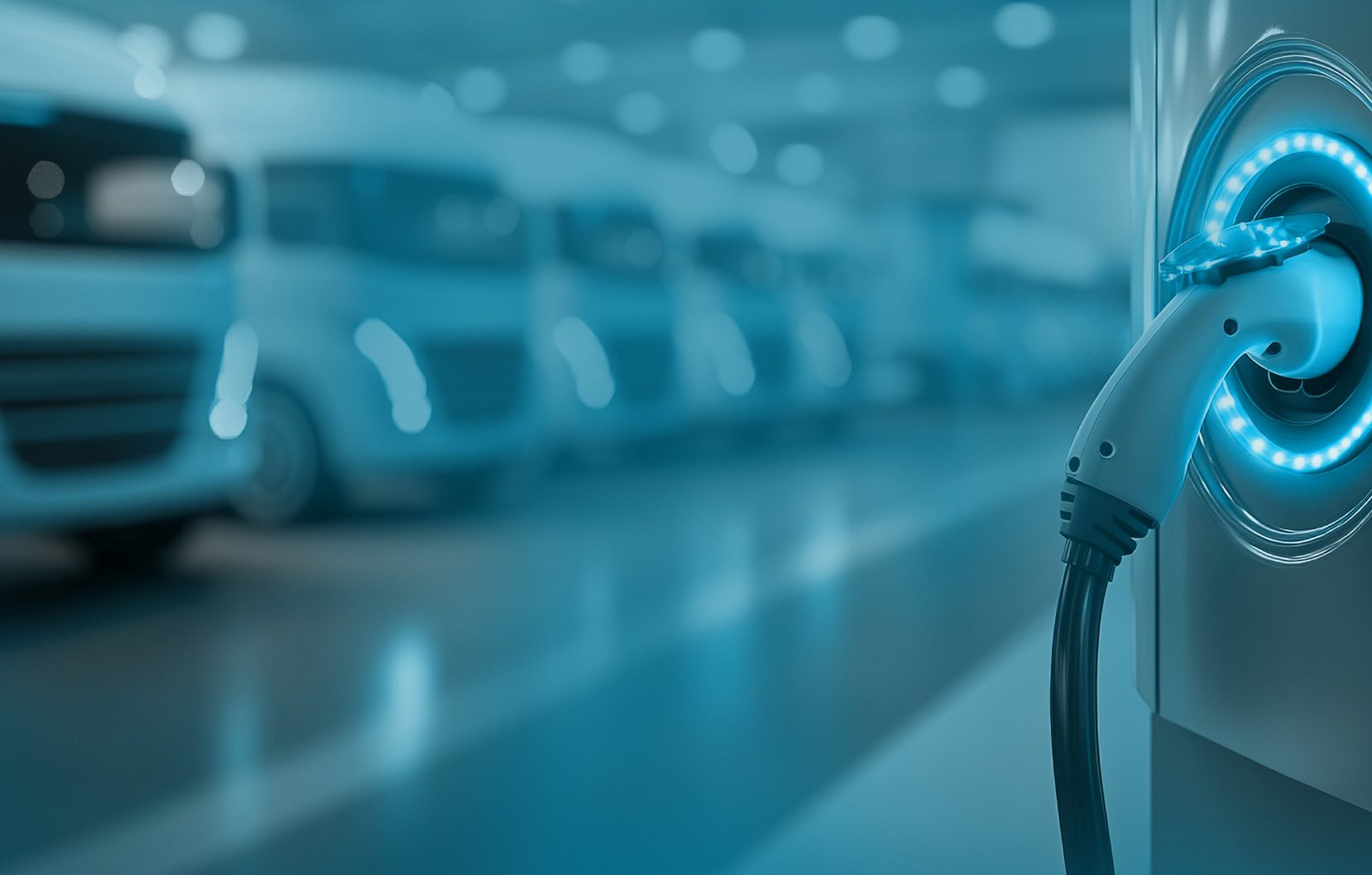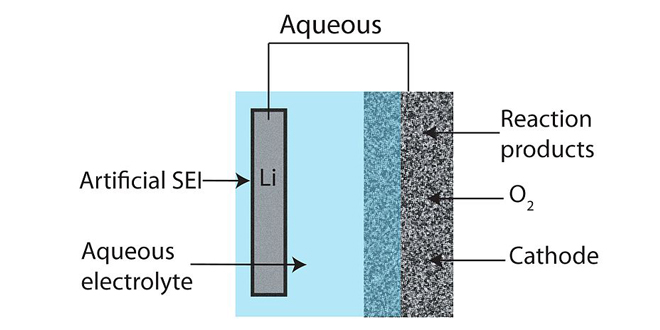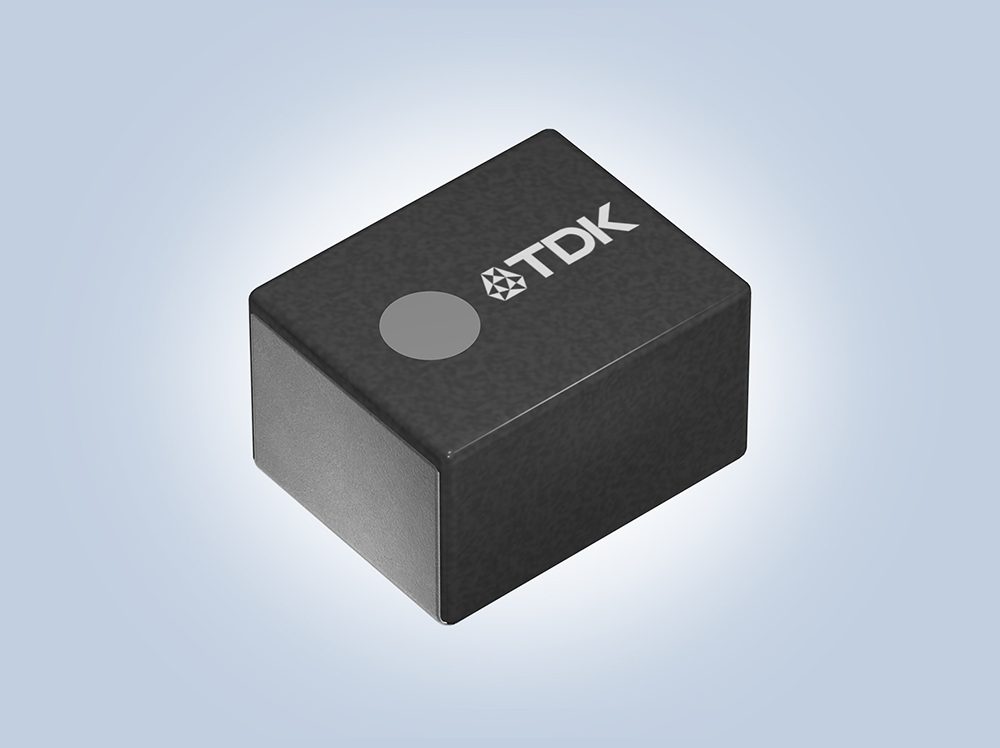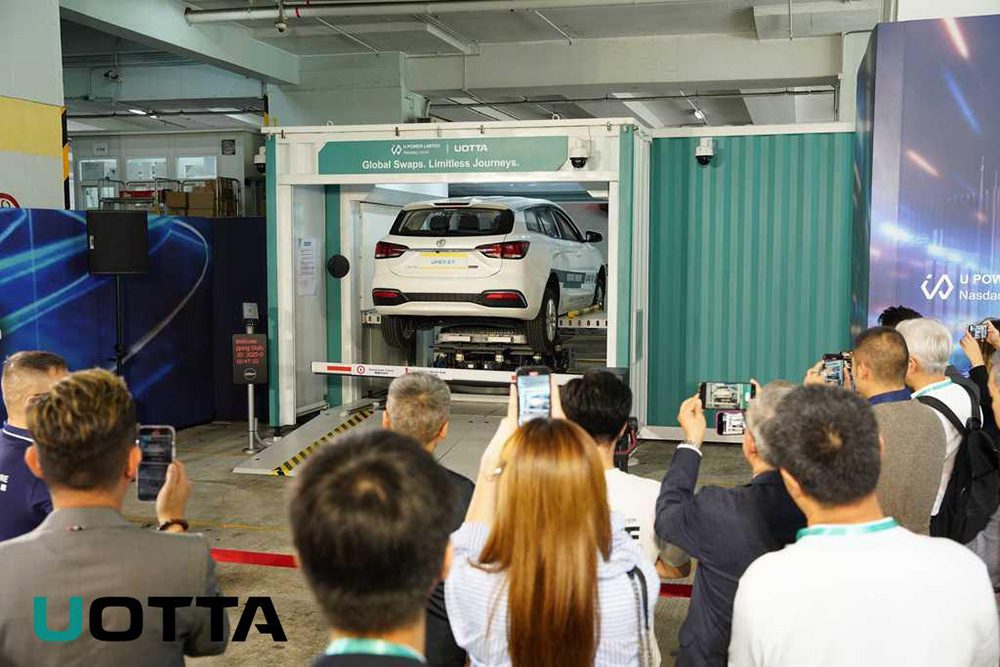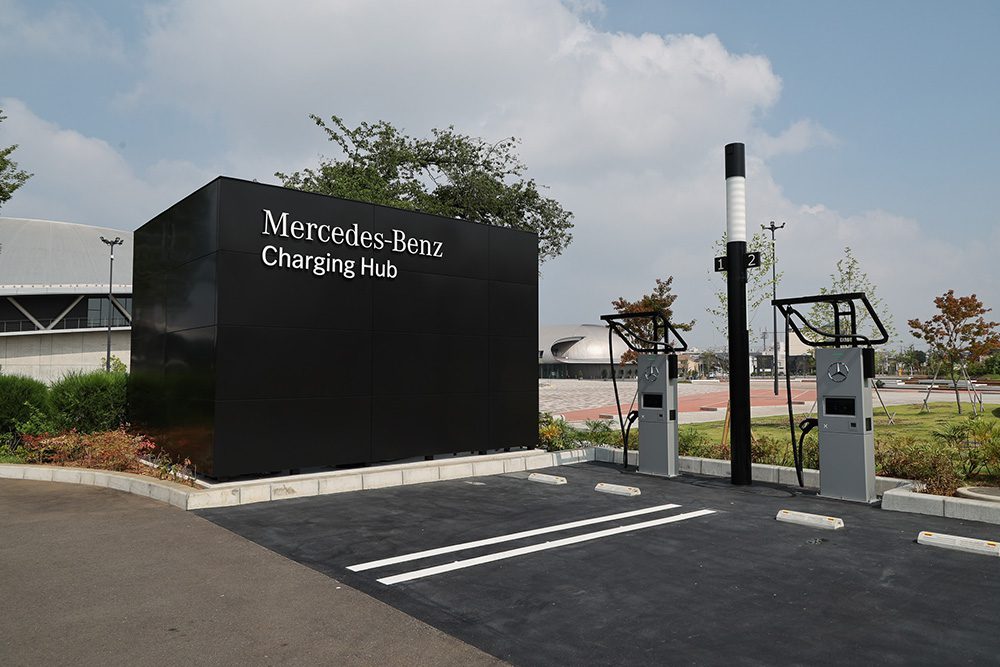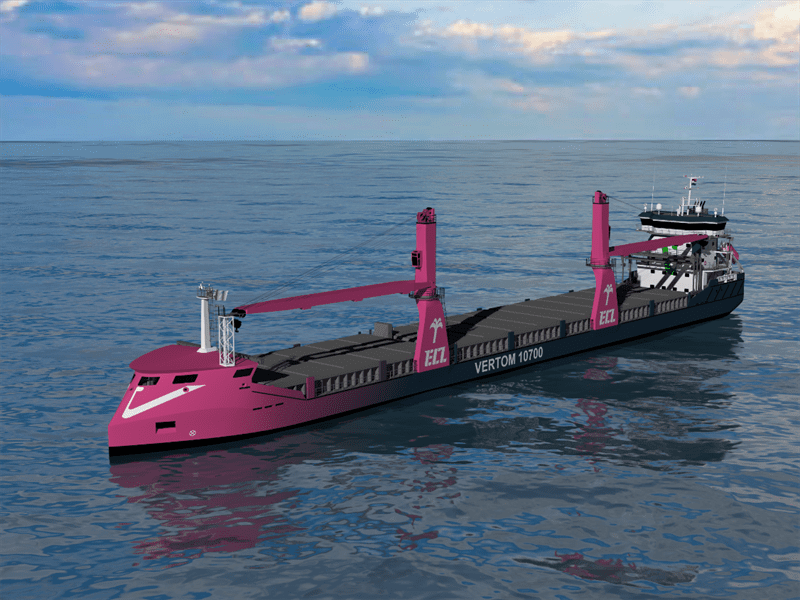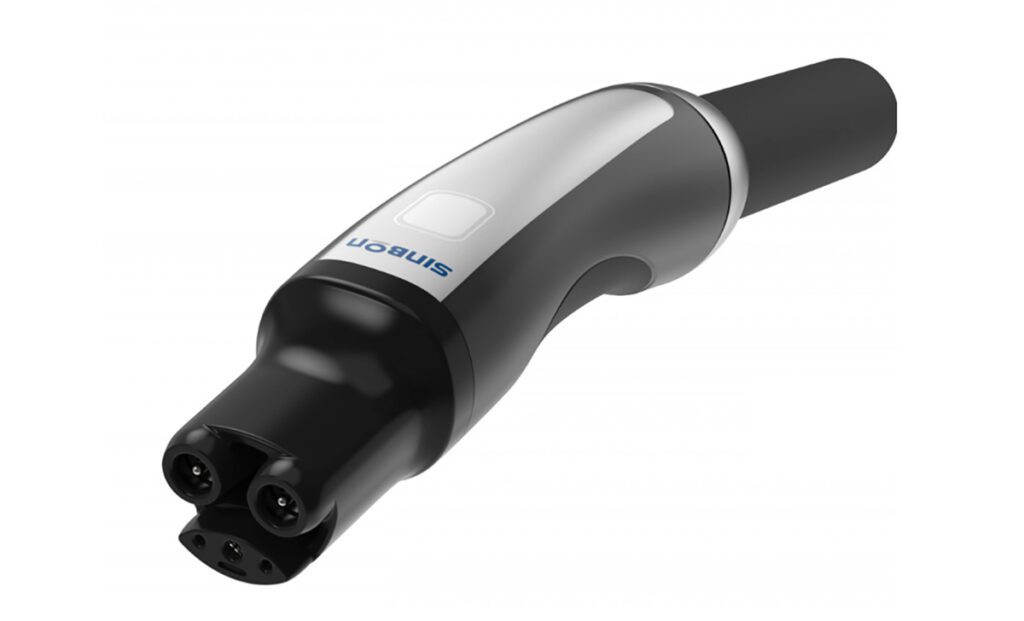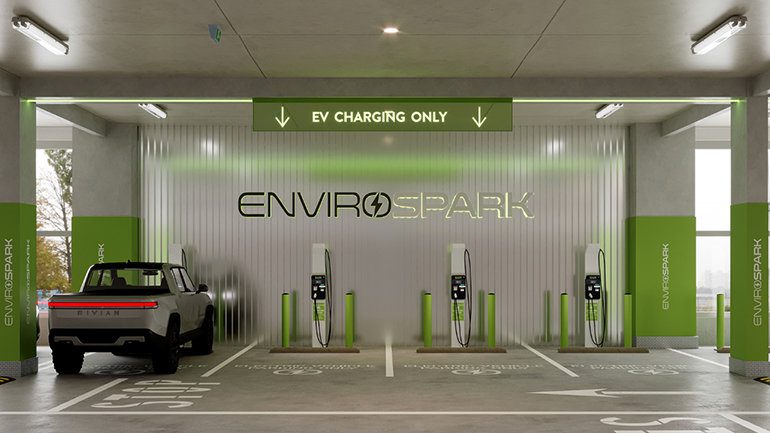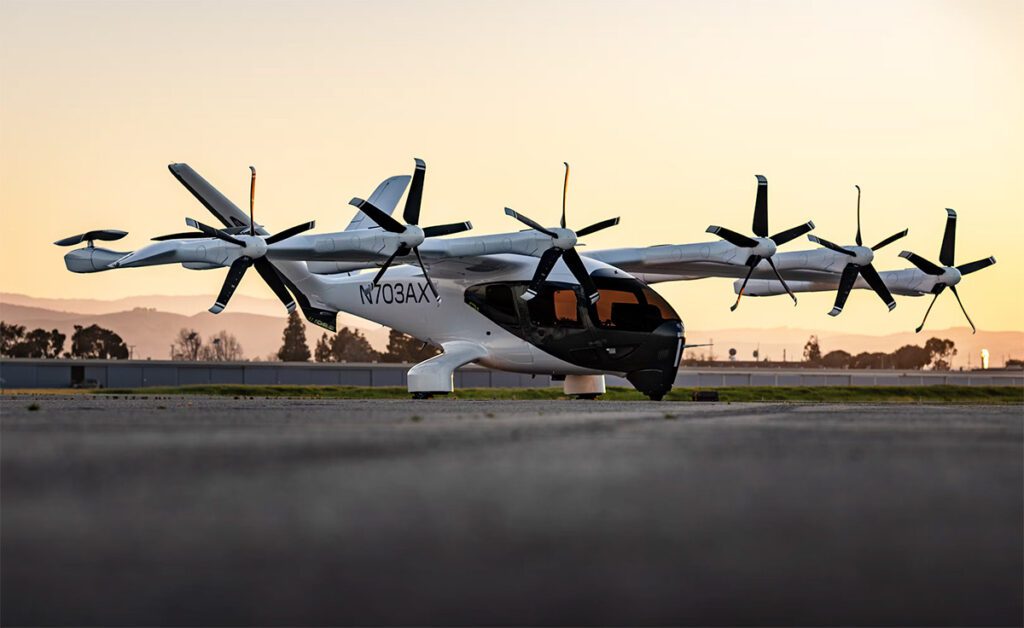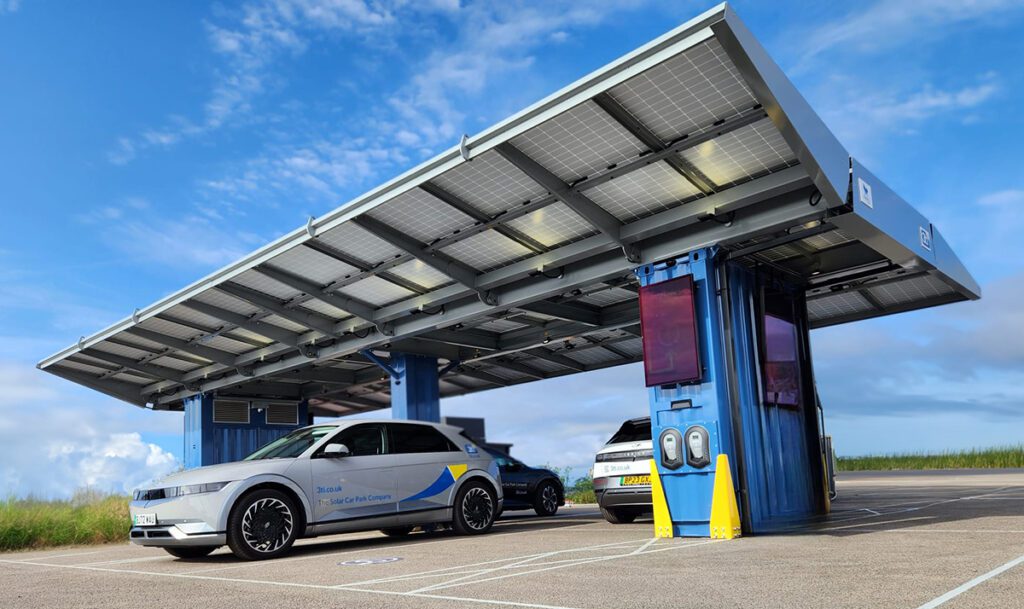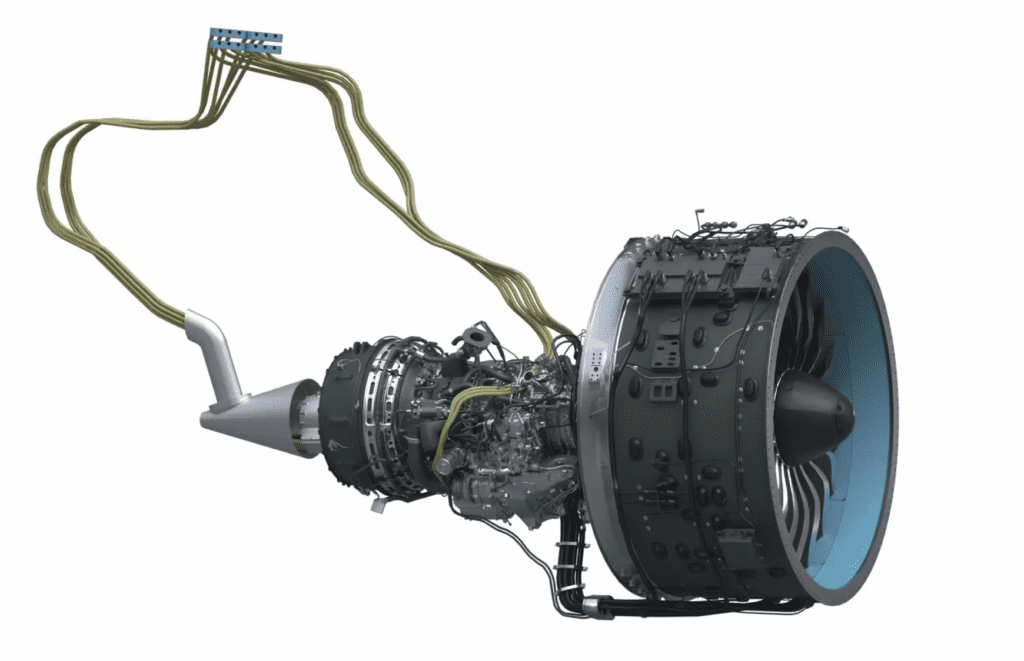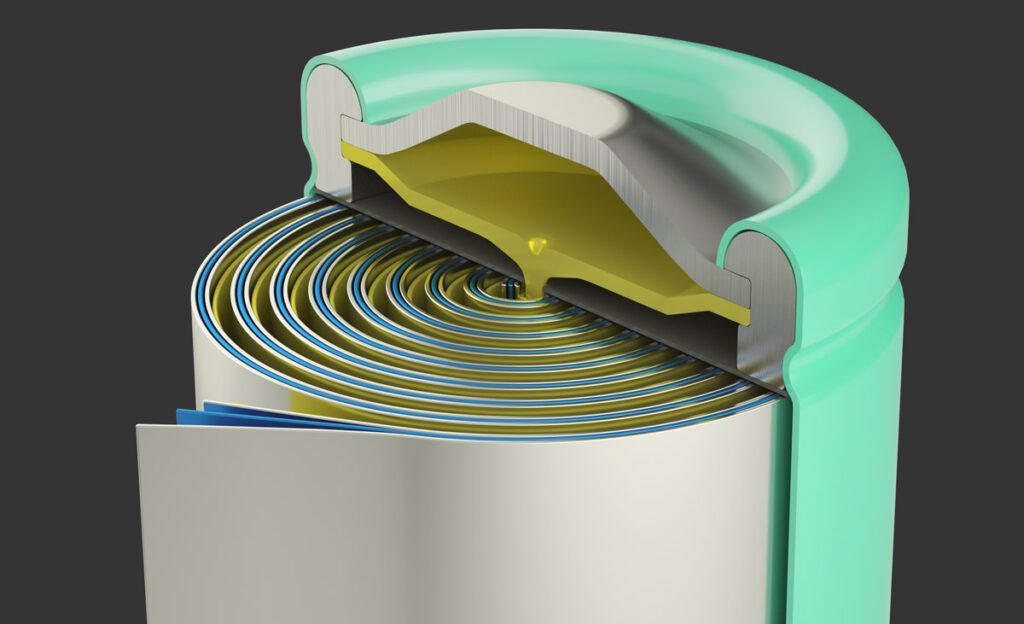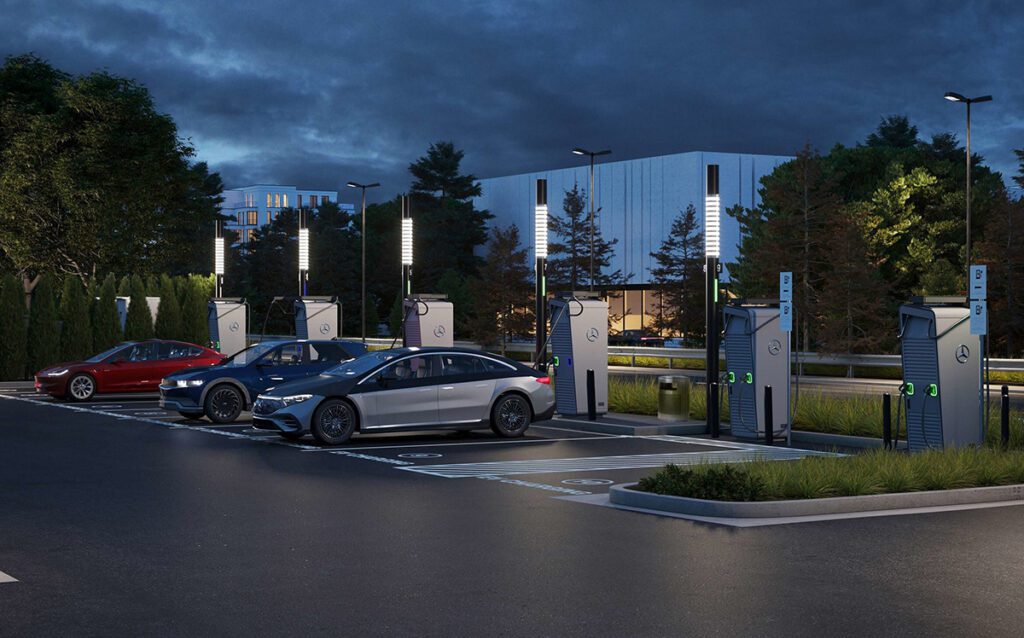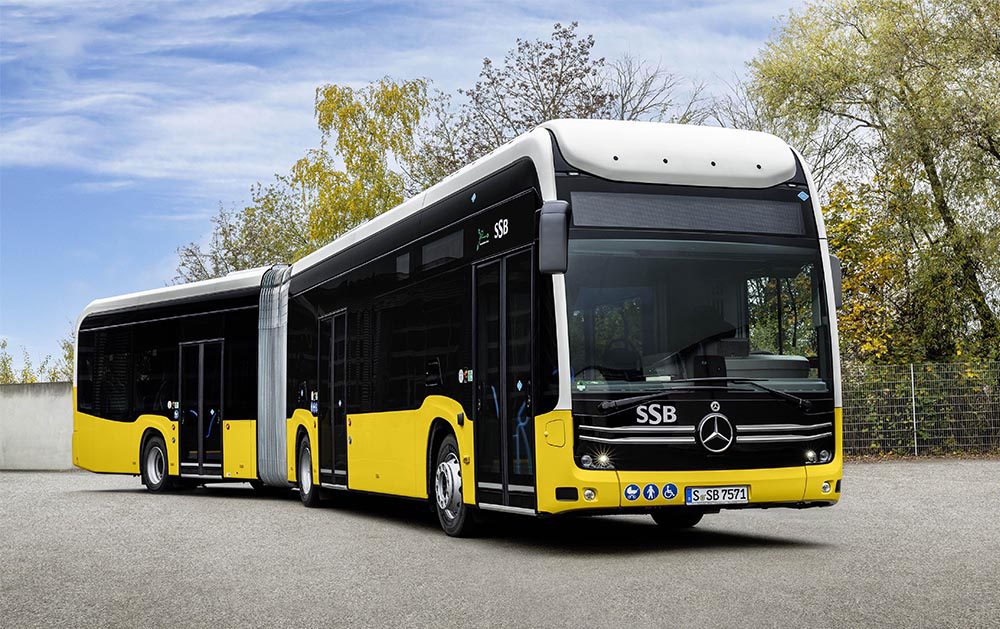Researchers at Mie University in Japan have developed a new protected lithium electrode for aqueous lithium-air batteries, which they presented at the annual meeting of the American Chemical Society.
Lithium-air batteries are attracting a lot of attention, because of their potential to deliver much higher energy density than current Li-ion designs.
Most recent studies have focused on a non-aqueous system in which the reaction product Li2O2 is deposited at the surface of the air electrode. In the aqueous Li-air system, the reaction product is soluble into the electrolyte solution. However, a key challenge of the aqueous system is the low output power of the protected lithium electrode. In 2004, a research team developed a composite lithium anode with a three-layered structure to overcome this problem. The Mie team used this approach, and adopted a lamination of NASICON-type lithium conducting solid electrolyte and PEO-based polymer electrolyte as the protective layers which isolate the lithium from contacting the aqueous electrolytes.
“Lithium-air batteries are lightweight and deliver a large amount of electric energy,” said lead researcher Nobuyuki Imanishi. “Our system’s practical energy density is more than 300 Wh/kg, in contrast to the energy density of a commercial lithium-ion battery, which is around 150 Wh/kg.” The battery held up for some 100 charge/discharge cycles.

